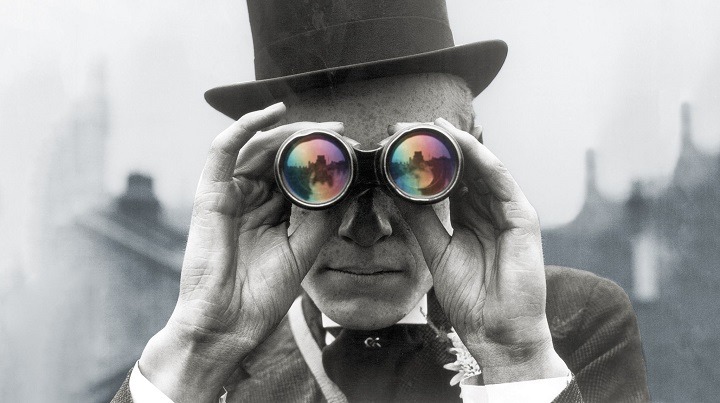Domenico Marrone’s article (WeekNews, here) starts by pointing out the problem for priests and religious. And certainly the hardships are the same, but I believe that, in dealing with them, it makes the difference to think that celibacy cannot be eliminated for the religious life while it is for the priest: although ancient, the celibacy of priests is an ecclesial rule.
Moreover, there is much discussion about it today: the appropriateness of this rule is, in fact, being questioned. This is an endless debate, which perhaps unfortunately would not solve many situations and which becomes increasingly difficult to seriously open, because, while we struggle to talk about married priests, we know that we should immediately consider the figure of the separated priest as well. Furthermore, it is clear that the figure of the priest and the ecclesial figure should change, in a virtuous circle that today seems unimaginable to me.
In the meantime it is important to find a way of analysis that helps to get out of a silent situation at the level of the magisterium, as I understand it for Europe. I am aware of the document of the National Bishops’ Conference of Congo (CENCO) which it published in March 22 At the school of Jesusexactly on the theme priests, chastity and fatherhood.
Here we do not have priests who, in the light of the sun, live with wives and children, but there is an undergrowth of celibates in appearance.
Some underlining without claiming completeness. Living celibacy brings with it the reference to living relationships, the bornout and power, and to insert these elements into the analysis is not to add a sociological chapter to that of spirituality.
For relationships I think it is important to highlight the awareness of being men, male. Without falling into complementarity between the sexes, it is also true that the relationship with the other sex is a dimension that attracts and can ultimately help men and women.
Evidently for a celibate the question is to be able to live friendships that are aware that the characteristics of the friend register with a person of the opposite sex have their own specificity, to be handled with care. On the other hand, with a little generalization, it seems that we pass from rejection to attitudes that go beyond friendship.
For priests, as in any monosexual environment, perhaps it is important to remember that in any case one is always “half the sky”. The priest, president of the celebration, but then, in fact, president of everything, can lose sight of the awareness that men are only a part of the world.
Then there are the homosexual priests. In this case too, friendship with other men is to be lived in awareness of oneself and of the delicate balance that is lived in the friendship between attraction and fraternity.
For simplification, perhaps not far from the truth, we could indicate in bornoutor even just in the unsatisfactory toil of the priest’s life today, the root of gestures that are pure use of bodies for compensation.
Addressing the above-mentioned issues of the total presidency and the consequent image of the Church would help to investigate the question. To employ a quick image we could say this: as long as the altar is raised by steps, and is not at the same level as the assembly, the image of the man alone in command wins and ruins.
In this there is also the theme of power, itself. The priest’s experience is connected to this, leading to acts of psychological abuse. When “loves” are born with young people, hasn’t the strong figure of the “don” perhaps exercised all the power of him?
And then the terrible pedophilia, on which I believe there are no more words to add.
Marrone’s article rightly indicates the need to remove the taboo of the priest’s sexuality. The spread of celibate-non-celibates is such that he asks, however, to broaden the reasoning. And in the meantime? Why not go back to the healthy Pauline principle: it is better to marry than to burn (1 Cor 7,8)?
But perhaps celibates are afraid of this, since they would lose a lot, and superiors who wonder how many priests they could stay with.


